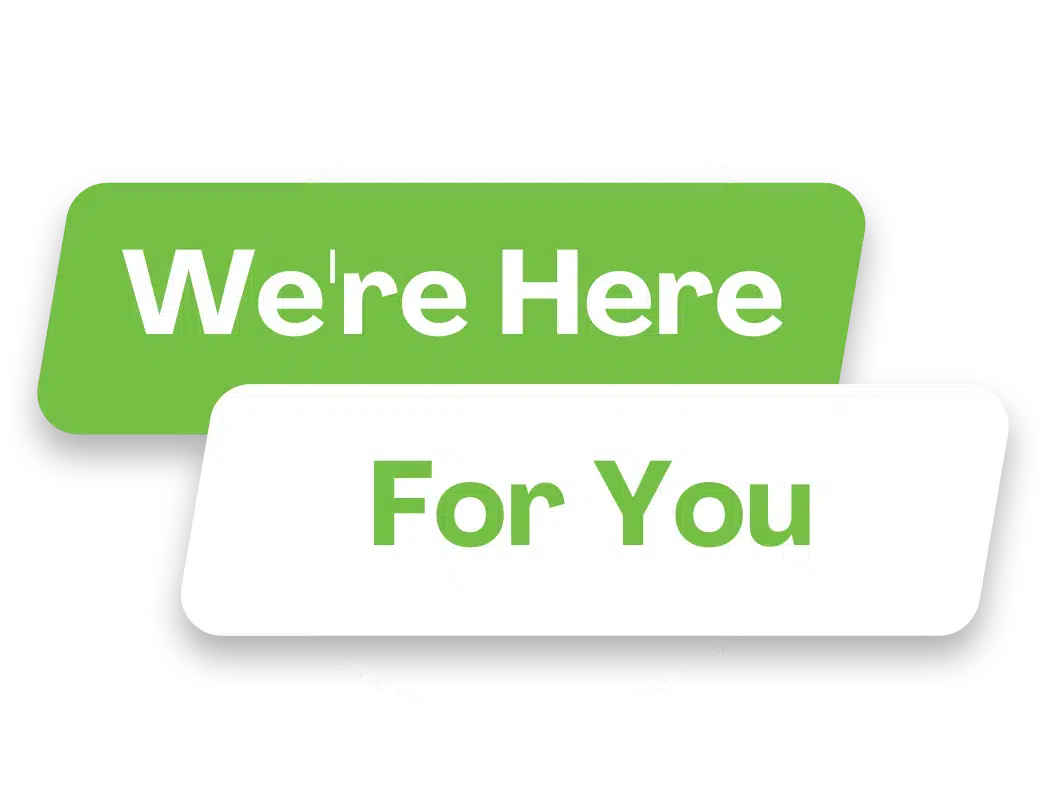I spent the first decade of my career in finance working for a hot mutual fund company that was doubling assets under management and catching the attention of Wall Street as fast as you could open the market and ring the closing bell. It was electric. The pace, the energy, the intellect and creativity of everyone at the firm were palpable.
I remember very early mornings, waking up before dawn eager to get a jump on the day, feeling the anticipation of what lay ahead. I absolutely loved it. But friends and family would often remind me to “take care of myself” and “be careful not to burn out.” Their concern puzzled me. I wasn’t running on fumes. I was running by design. I had finally found passionate work that motivated me, sparked innovation and decision making, and made me feel fully alive.
ADHD: The Superpower You Didn’t Know About
What I realized back then is that the very thing that had once impeded my success — eroding my confidence and contributing to depression and anxiety in high school — was now driving me forward: ADHD. Back in my teens, ADHD wasn’t really a thing. It was a set of criteria without a name, something physicians and psychiatrists were still trying to define.
For those of us growing up during that period, the lack of understanding carried a heavy stigma. Symptoms were seen as laziness, defiance, or lack of discipline. That was me. Misunderstood, mislabeled, and eventually a high school dropout.
But the story didn’t end there. That same wiring — the restless energy, the creative leaps, the quick decisions that once looked like chaos — eventually carried me forward. I rose through the ranks at that fast-growing mutual fund company and became a Vice President. The “problem” that had once derailed me became the very fuel for my professional success.
And here’s the bigger picture: I’m not an outlier. Research suggests that roughly 20% of executives may have undiagnosed ADHD, and nearly 30% of entrepreneurs report having it — compared to just 4–6% in the general population. In other words, what was once dismissed as a deficit is often the hidden force behind innovation, vision, and leadership at the highest levels.
Redefining Burnout: The Power of Leading by Design
Still, even as I rose in leadership, the questions kept coming. “Aren’t you pushing too hard? Aren’t you going to burn out?” For many, the load I carried looked unsustainable. But what they couldn’t see was the difference between running on fumes versus running by design.
Burnout comes when we live from the false self — hustling to prove, to perform, to silence the inner critic. That fuel source is limited, and it always runs dry. But when we lead from the true self, aligned with God-given design, strengths, and calling, capacity expands. What would overwhelm one person can feel energizing and life-giving to another.
This is where ADHD as executive wiring is often misunderstood. Yes, it comes with challenges — time-blindness, overcommitment, emotional intensity. But when integrated with structured support systems and intentional rhythms of rest, ADHD can become the very engine of creativity, vision, and crisis agility that propels leaders forward.
Take an Executive ADHD Self-Check ✅
If you’ve ever wondered whether ADHD might be shaping your leadership, here’s a simple way to test yourself. These are not formal diagnostic criteria, but if several of these resonate, you may be wired with ADHD.
1. Focus & Follow-Through
- You start ambitious projects with energy but struggle to finish routine or less interesting tasks.
- You navigate desks, inboxes, or digital files that often feel like a battlefield, making organization an ongoing challenge.
- You perform well in crises but procrastinate on tasks without immediate urgency.
2. Presence & Attention
- In meetings, you may interrupt, finish others’ sentences, or lose track of details.
- You zone out during slow discussions but come alive when strategizing or solving problems.
- You need to pace, stand, or move during long meetings — sitting still makes your brain sluggish.
3. Planning & Time
- You underestimate how long things will take, leading to last-minute rushes or missed deadlines.
- You rely heavily on adrenaline or looming deadlines to get things done.
- You sometimes forget key appointments or promises without strong reminders.
4. Energy & Regulation
- Your mind feels like it runs at full speed, sometimes exhausting, sometimes exhilarating.
- You can shift from calm to reactive quickly, especially under stress.
- You problem-solve best while moving — such as walking, pacing, or even driving.
5. Relationships & Impact
- Your family or colleagues sometimes feel sidelined because of your intensity at work.
- You are aware of dominating conversations or overlooking quieter voices.
- You thrive in high-stimulus environments but may neglect rhythms of rest and connection.
The Aha: If several of these traits sound familiar, you may not just be “high energy” or “easily bored.” You may be wired with ADHD — and what once felt like a liability can actually be a leadership strength when understood and stewarded well.
Check Your Leadership Burnout Level ✅
Alongside understanding ADHD traits, executives need a quick way to check if their high capacity is still healthy. I use a three-point dashboard: Alignment | Energy | Margin.
1. Alignment
Am I operating from my values and strengths, or from proving myself?
2. Energy
Do I end most days depleted, or do I sense generative momentum?
3. Margin
Do I have one protected rhythm of rest, a daily pause, a weekly Sabbath, or relational connection?
When two out of three are consistently off, you’re edging toward burnout. If they remain intact, even a high-capacity load can be carried with health and joy.
Common Cautions for High-Capacity Leaders
Even when you’re running by design, ignoring the basics can undermine your success — things like sleep, eating well, exercise, and relationships.
These are not signs of weakness; they are reminders that you’re human. Without attention to body and relationships, even aligned, energizing work can tip toward unhealthy.
When ADHD Brings Bedfellows
ADHD rarely occurs in isolation. Many executives discover that symptoms they’ve chalked up to stress are actually signs of companion conditions. Research suggests that among adults with ADHD:
- 40–60% experience anxiety
- 30–50% experience depression
- 20–30% experience OCD
- 15–25% struggle with substance use
For leaders, these may look like: restless sleep, flat energy, perfectionism, or over-reliance on caffeine or alcohol. These are not moral failings. They’re dashboard lights.
Boredom, Burnout, and Burning Right
When people question your pace, it’s tempting to internalize their fear. But here’s the truth: no one else can define your capacity. What they call “too much” might simply be your design operating at full strength. The real danger for high-functioning executives with ADHD is not always burnout, but rather boredom.
Most executives who come to me are not collapsing under the weight of their work; they are wilting from under-stimulation. They are brilliant, wired for intensity, and capable of carrying more than most, but when their work no longer stretches them, when curiosity dies and creativity goes flat, they mistake disengagement for exhaustion.
That’s why these self-checks matter — understanding your ADHD traits, your alignment, energy, margin, and any other related issues. Together, they help you discern whether your workload is healthy and life-giving or pushing you toward burnout.
And this is where coaching and counseling intersect. You don’t just need someone to lighten your load — you need someone to help you discern what the load means.
Executives with ADHD are not fragile. You are wired for vision, crisis agility, innovation, and creative leaps others cannot make. But you are also human. You need scaffolds. You need margin. And you need the courage to name when it’s not burnout at all, but boredom calling you to your next frontier.
For you, high capacity is not hustle. It is alignment. And when you lead from alignment, you are not burning out — you are burning right.
Helping High-Capacity Leaders Thrive
As a therapist, consultant, and executive advisor, I specialize in Adult ADHD and supporting high-capacity leaders. This is the space where clinical care meets leadership development, and where executives discover that their design isn’t fragile — it’s powerful.
If this resonates with you as an executive, let’s explore how your ADHD wiring can become your leadership advantage.
Written by Jo Martin, MA, CMHC, LPC, NBCC, Principal Business Consultant






